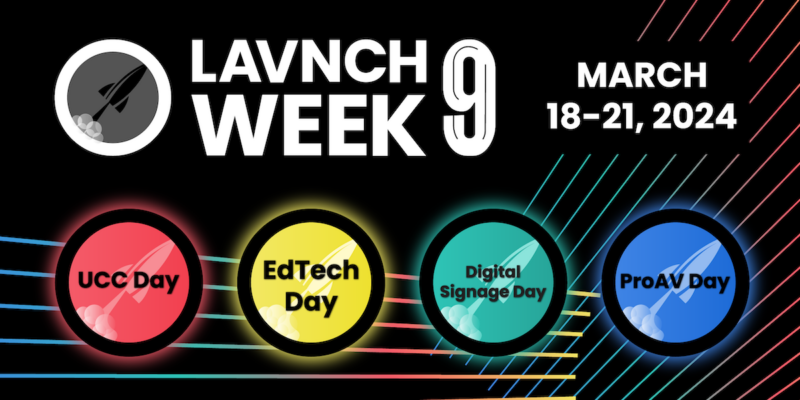How to Sell AV Systems to Airlines and Insurance Companies
 It’s simple, really.
It’s simple, really.
I often speak to dealer sales and system sales people who seem to have a hard time with the concept of selling systems to airlines and insurance companies. I’m not exactly sure why, but they seem to have difficulty grasping the concept of variance pricing based on need and use. It’s not a difficult subject. In fact, you don’t even need a degree in professional sales skills, college or anything else for that matter. But, it might help for you to see it in writing.
So, I recommend that you read this once, grasp the concept, and send this blog around the sales department so everyone finally gets this once and for all. Then file it on a shelf somewhere or make it readily available in the case where you need to read any part of this to a client that either works at an airline or an insurance company. Oh, and sell, sell, sell.
Selling to airlines
First, figure out the final cost of a complete system — you know, a fixed price of some sort. For example, $50,000. In your contract you must list the final price of the system and explain the terms of that price. For example, the stuff about how, when selling to an airline, this price is, as you know, final and good for 24 hours. If they don’t buy the system from you within 24 hours, it simply has to be re-calculated. That’s all. But, keep in mind that this price also assumes that they are willing to have it installed on a Tuesday, Wednesday or Thursday and realize that there cannot be any sign off until after the following Saturday. It could be at 12:01 a.m. Sunday, or anytime thereafter, but definitely needs to be after Saturday. If, however, they can’t do this, then the price simply reverts back to the original price of $118,234. In this case, they can have it installed any day they want and you will even serve them lunch every day you are out there installing it. Oh, remember that the $50,000 price means that anyone who uses the system has to sit on the left or right side of the room because if another one of your clients who paid the $118,234 comes in to use the room, they get the seats closest to the center aisle — I mean, room. In addition, it is extremely important that you not forget the curtain that needs to hang between the front row and the rest of the room. The people who invariably sit in the front row will not like, or appreciate, the idea that the people sitting behind them can see the back of their heads. Finally, make room for a briefcase claim check area and, of course, a LOST briefcase claim check area too.
Selling to insurance companies
OK, this one is a little more difficult than selling to airlines, but not much. First, figure out the final cost of a complete system — you know, a fixed price of some sort. For example, $50,000, again. Unlike the airline sale, in the insurance sale, this price is guaranteed for one year. But, it assumes that they will never actually use the room for ANYTHING more than they specifically stated before you gave them a quote. If they do, in fact, plan on using the room for something different (e.g., to connect a ChromeBook, watch the Super Bowl, etc.) than what was originally written into the contract, you simply need to raise the quote to $87,114. In addition, if they plan on using it for that “other, non-specified application” more than once, the price needs to be readjusted each time they plan on using it. So, make sure you give them your toll-free, 800 number and six digit extension number to call you. Oh, and remember, you need to assign them an ID number so, in case they call, you will know who they are. And, your remote North Dakota-based warranty service department will have an easier time identifying them and their gear.
Also, names don’t count as ID numbers.





